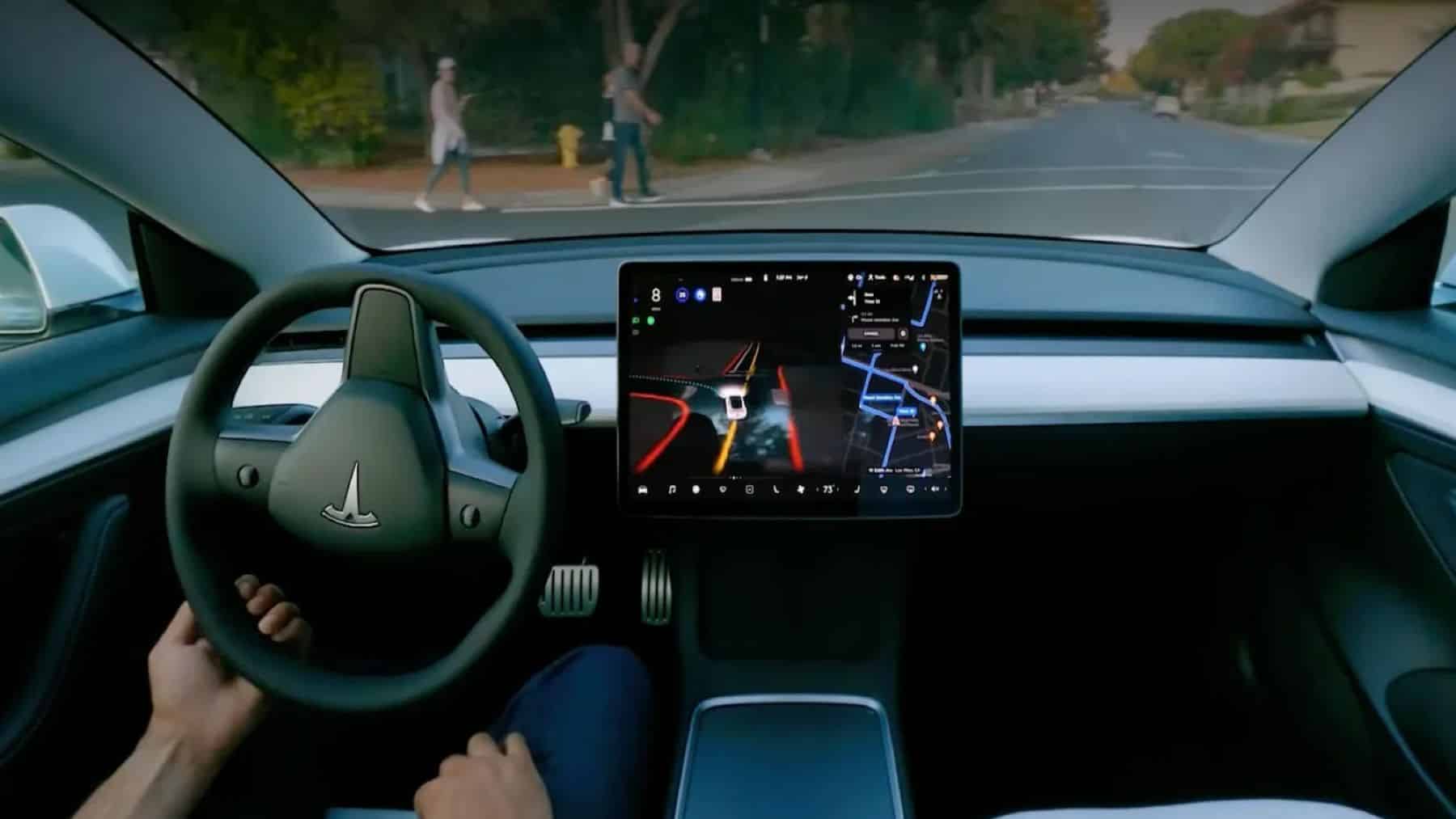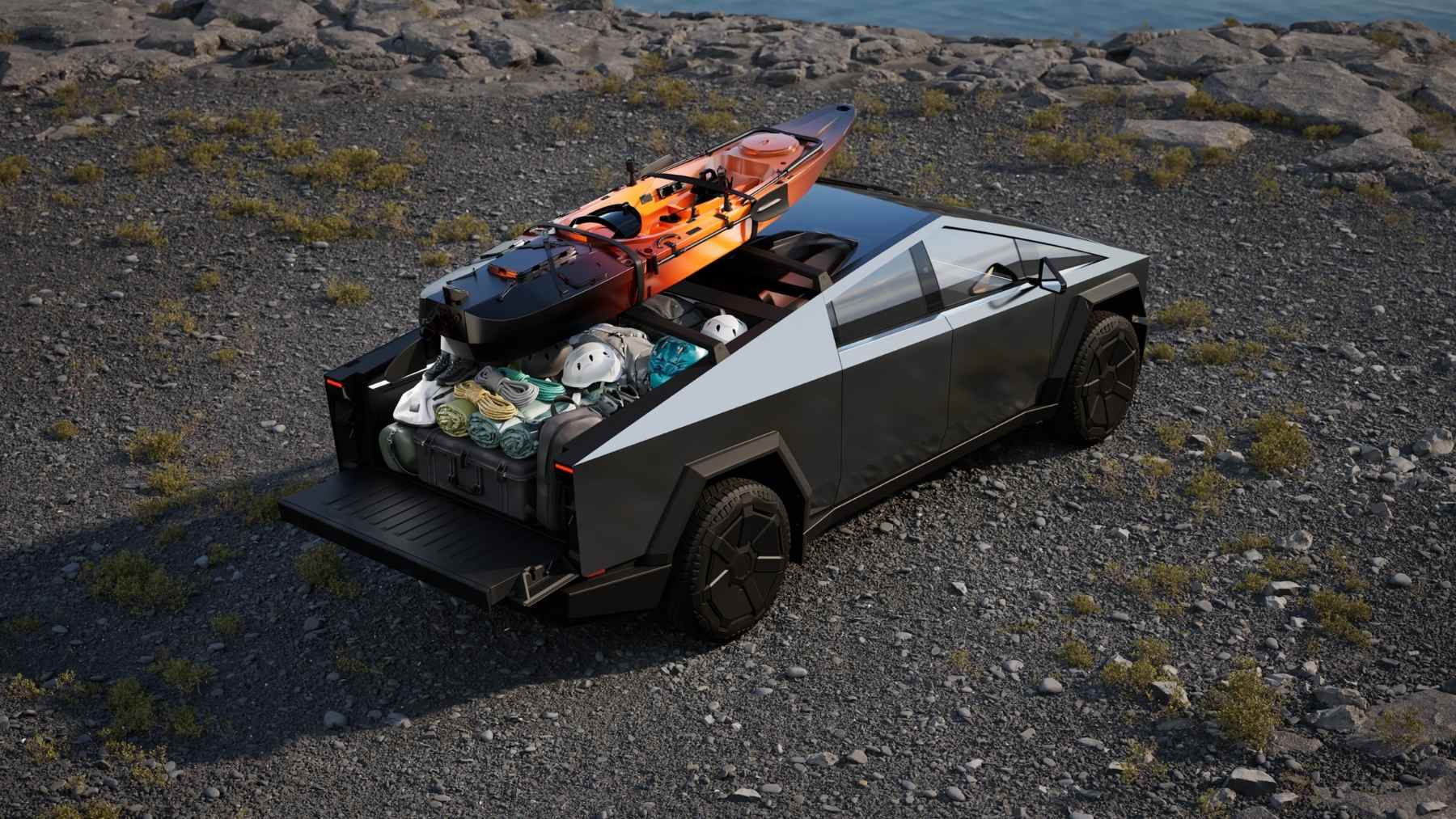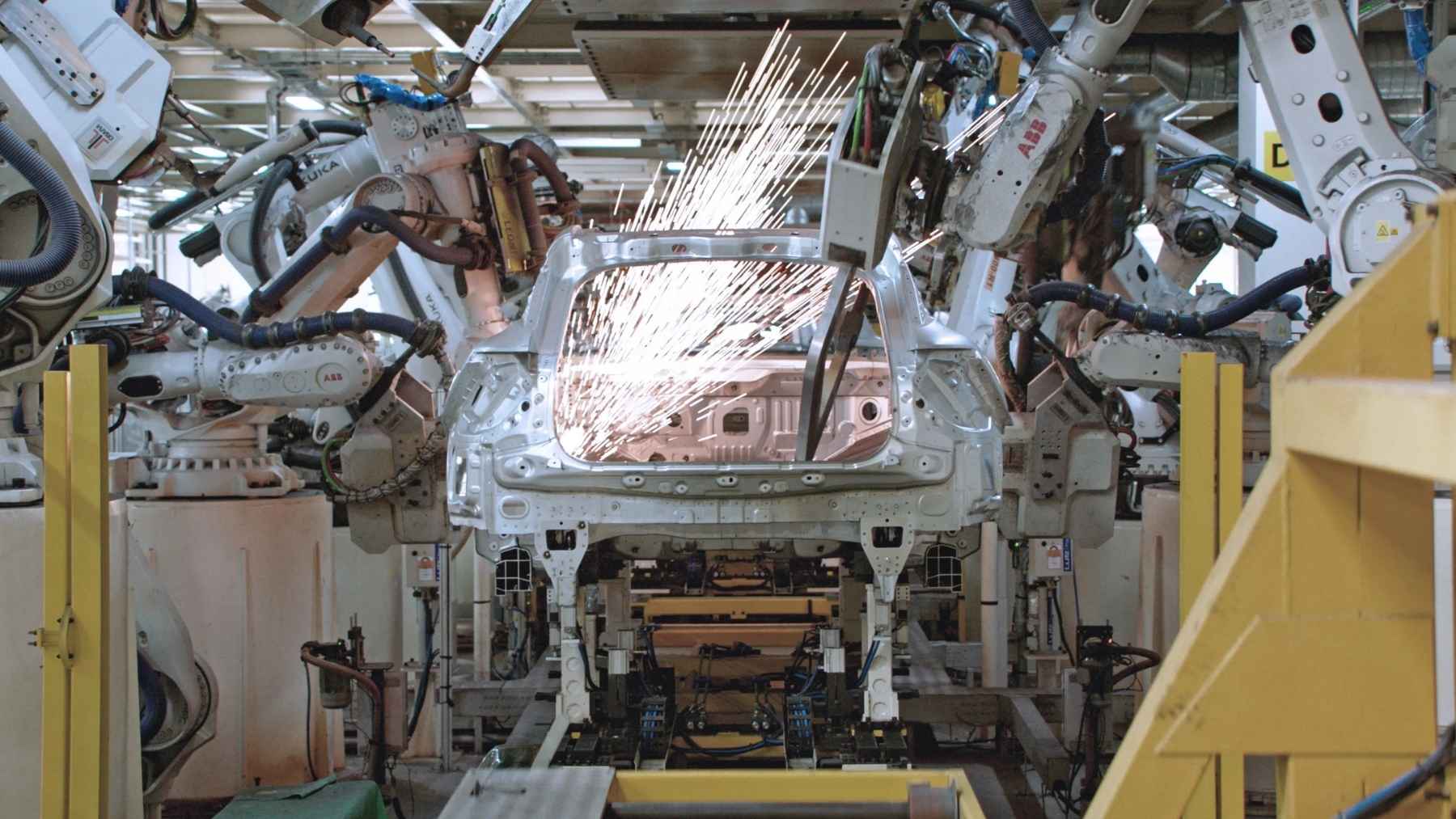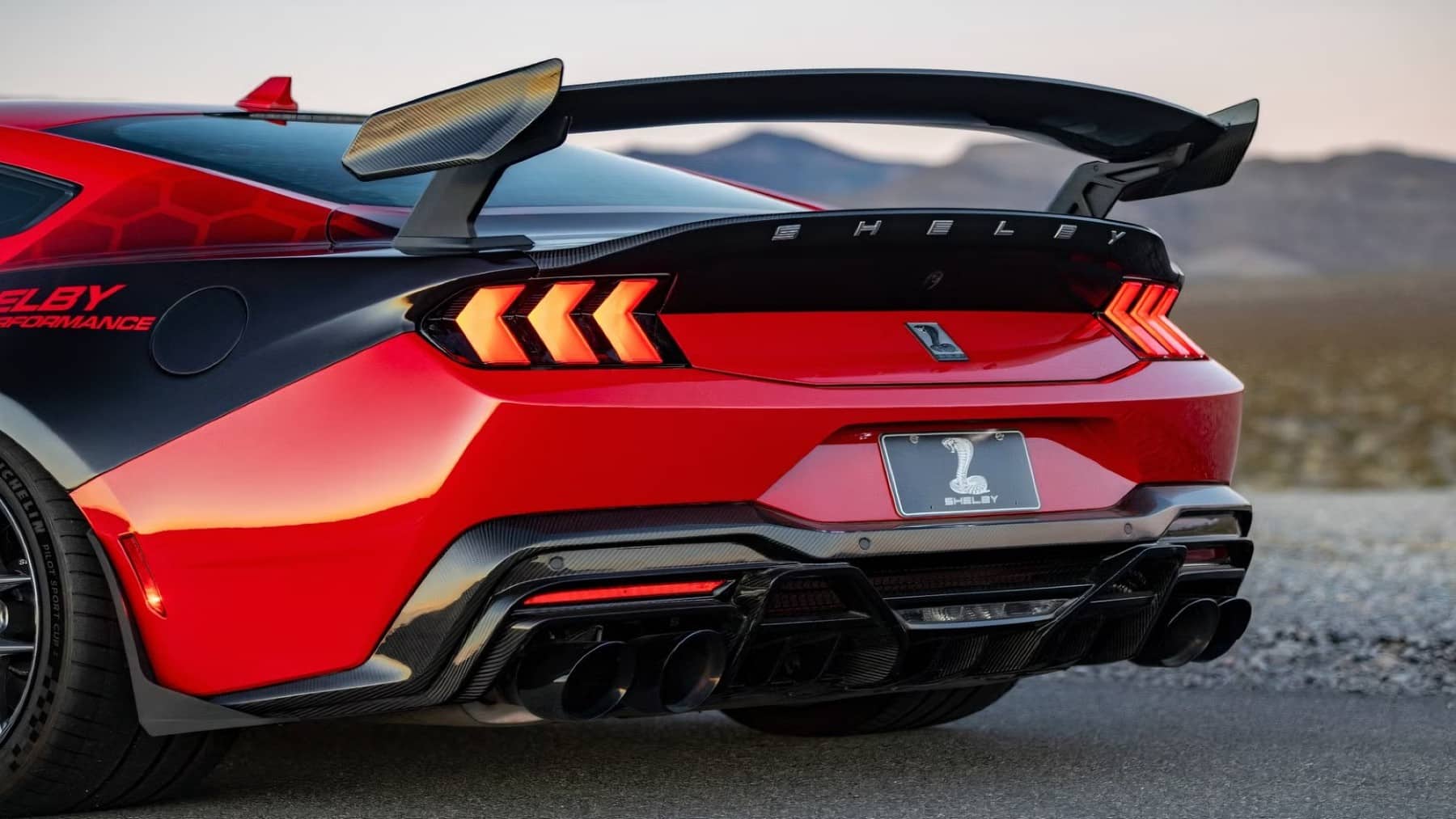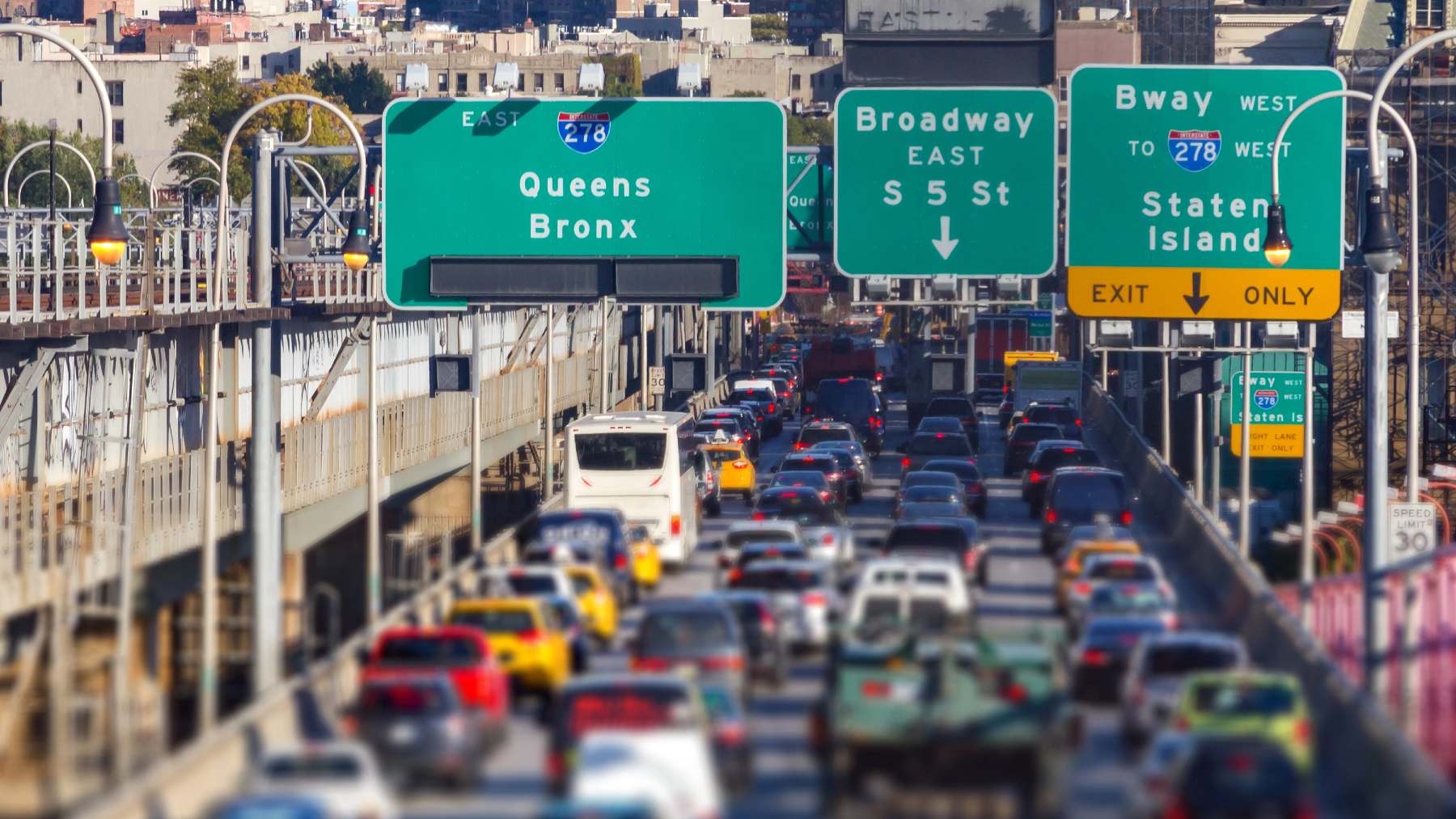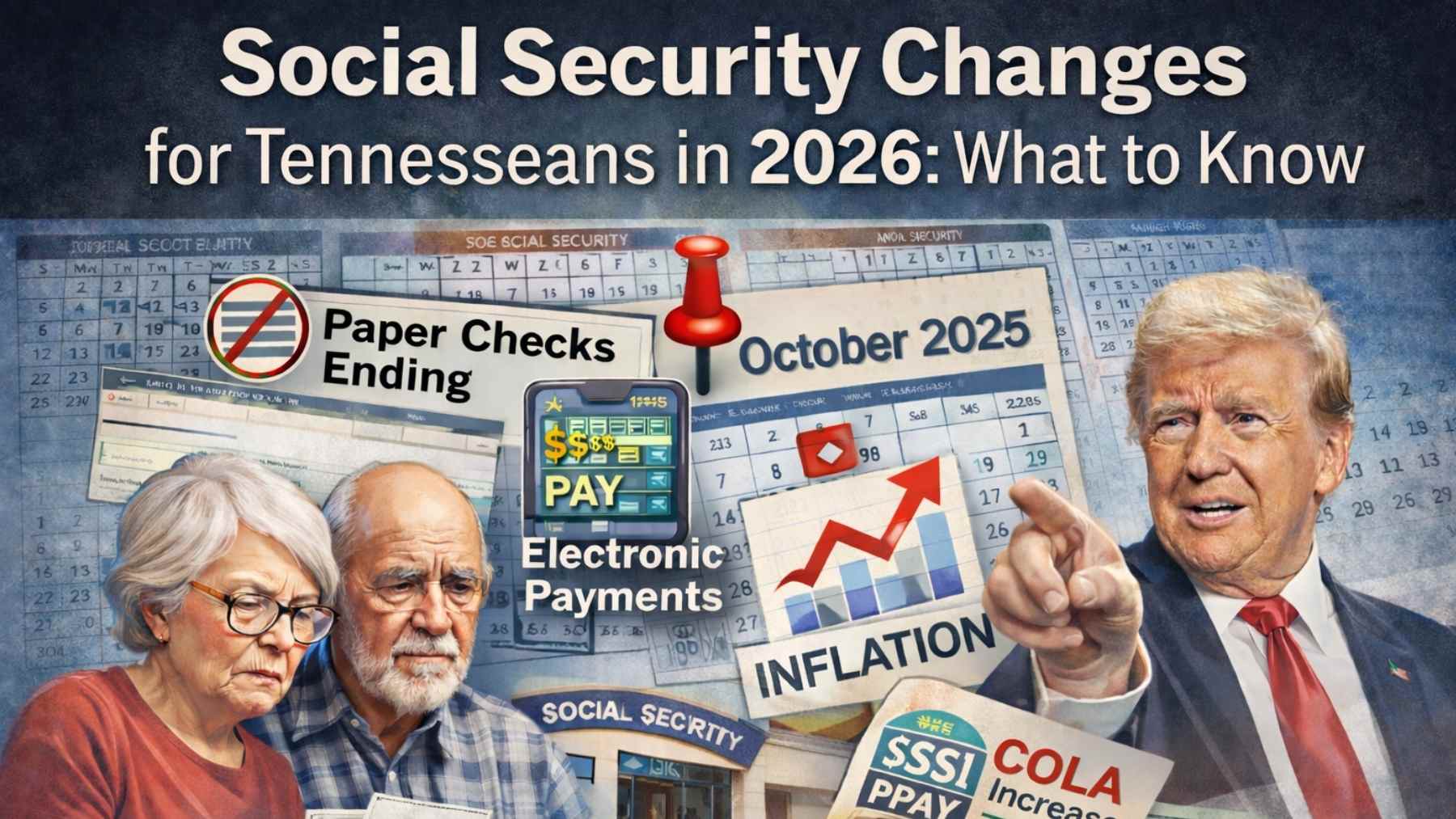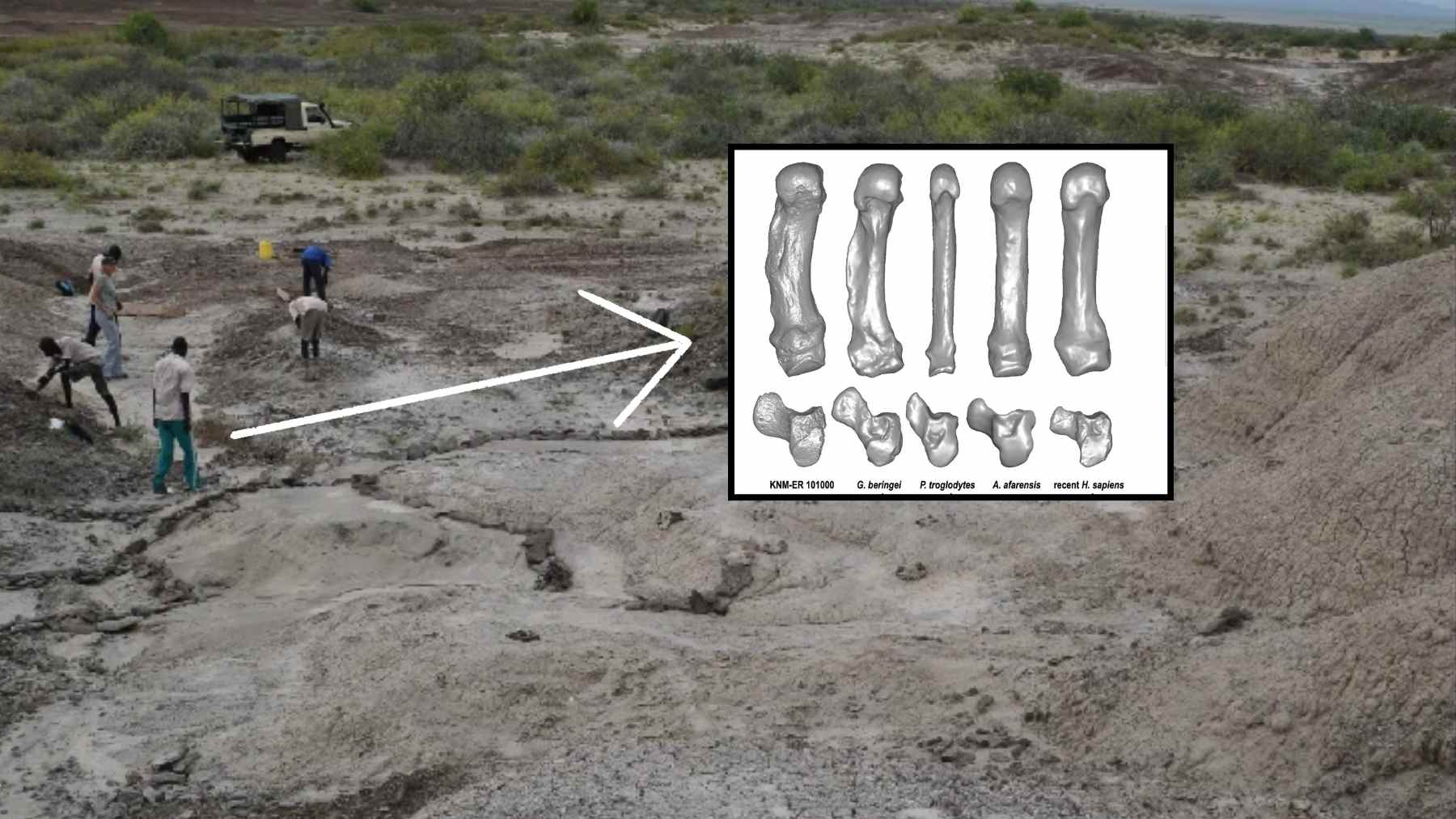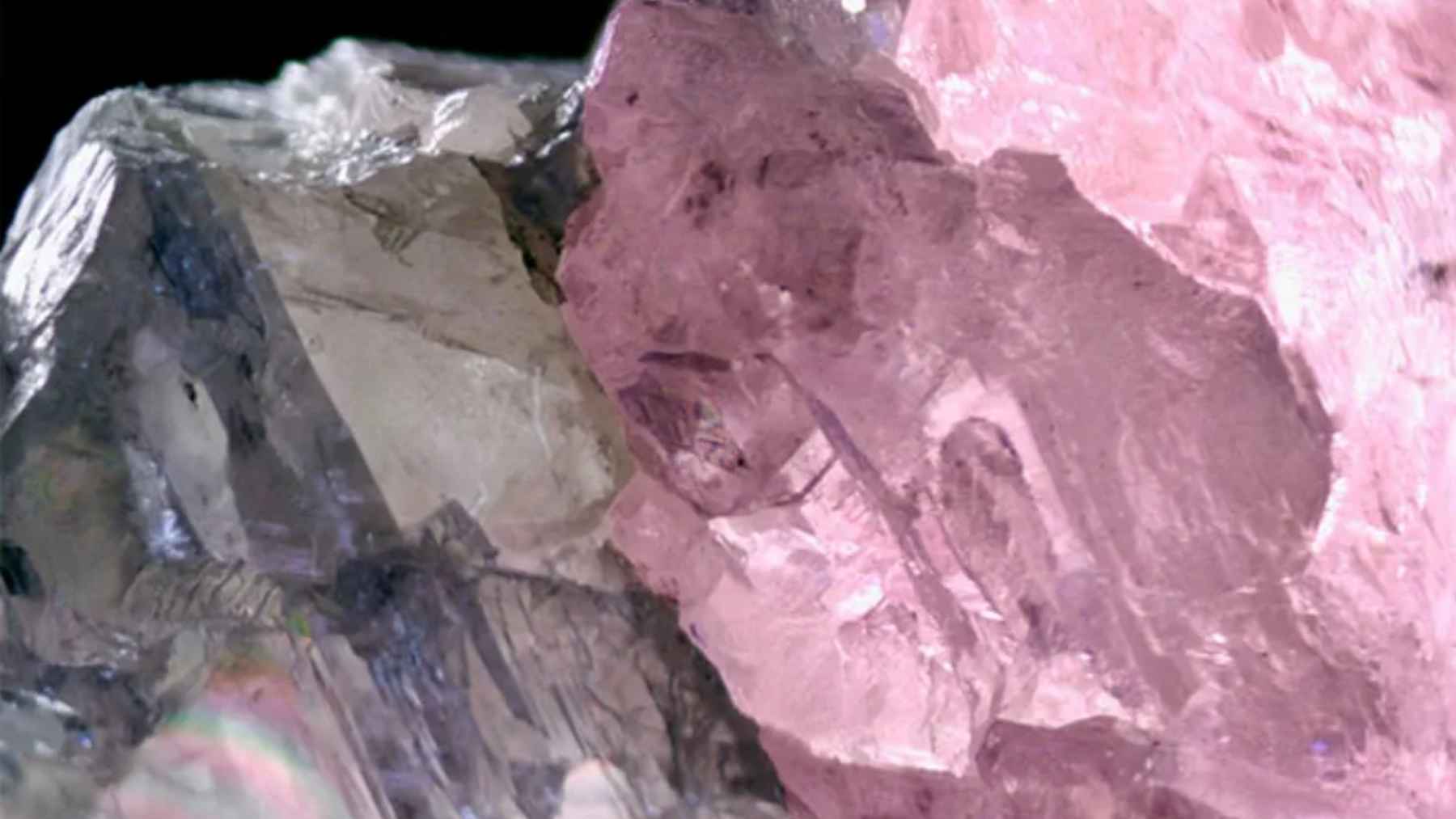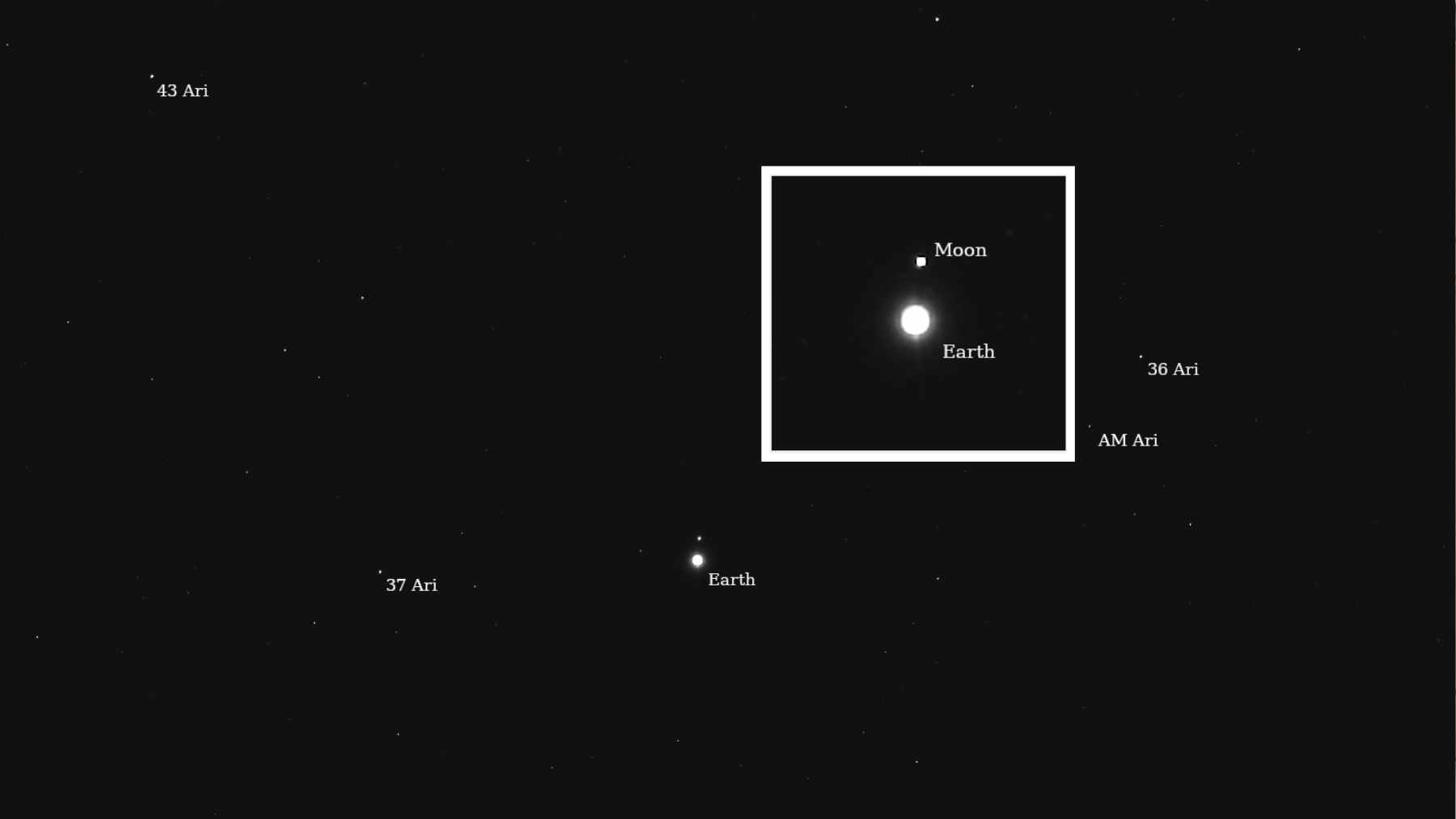Tesla has announced that they will be delaying their full Self-Driving rollout in China and Europe. The major automobile company headed by SpaceX CEO Elon Musk has always been a pioneer in futuristic technology. The first company to only sell electric vehicles, Tesla has consistently pushed boundaries when it comes to their technolofy. However, their plans may now be halted.
Tesla halts plans to rollout their self-driving system
Tesla recently announced social media platform X that their self-driving technology is “pending regulatory approval” from local authorities. The technology has been delayed to be released in China and Europe reportedly until the first quarter of 2025. According to the Wall Street Journal, the delay in China is partly due to Beijing authorities not approving the technology for use because of concerns around accidents involving the manufacturers software in the U.S. and data security.
Tesla has consistently been an innovator in the tech space. Their electric battery technology has been pioneering in the electric vehicle space as well as their Giga Press manufacturing process setting up the automobile industry to see production costs of electric vehicles be reduced significantly. By 2027, it is expected that Tesla will produce electric vehicles at a lower cost than comparable diesel and petrol vehicles.
Controversy with self-driving system
While Tesla maintains their status as a pioneer in the automobile industry, their self-driving system has faced significant backlash over the years. In October 2024, it was reported that US authorities have opened up an investigation into Tesla’s self-driving system which has resulted in numerous crashes, including one pedestrian death. The investigation could lead to the National Highway Traffic Safety Administration issuing a recall of the vehicles if the agency finds they pose an unreasonable risk to safety. In the current investigation, NHTSA is looking into “the ability of FSD’s engineering controls to detect and respond appropriately to reduced roadway visibility conditions,” according to reports.
“Tesla has said that a human driver needs to be more attentive, not less attentive, when using this feature,” said Bryant Walker Smith, an associate professor of law at the University of South Carolina who specializes in emerging transportation technology. “Yet it is the very system that the Tesla CEO has for many years indicated would be imminently capable of automated driving.”
Tesla continues to look towards the future
Not to be deterred, Tesla continues to look towards staying ahead of industry trends. According to a blog post by Tesla posted in October 2024, Tesla is looking at ways to simplify their manufacturing process in order to provide affordable electrical vehicles as the world heads towards greener energy solutions:
“To accelerate the world’s transition to sustainable energy, we are simplifying the manufacturing process and electrical connectivity requirements for all our vehicles,” wrote Tesla. “This includes the implementation of our Low-Voltage Connector Standard (LVCS), which allows us to reduce the large number of connector types required to just 6. These 6 device connectors are designed to meet the power and signal requirements for over 90% of typical electrical device applications. This standardization unlocks further operational efficiencies, cost reductions and manufacturing automation.”
With Tesla CEO Elon Musk now working as part of the Trump administration, it remains unconfirmed how Musk will continue to operate within Tesla and SpaceX. Despite controversy of Musk’s involvement in politics, Tesla continues to be a beacon of inspiration for where the world is going in terms of electrical vehicles. While there have been rumors that Tesla plans to expand their lineup and launch a hydrogen vehicle, these plans remain unconfirmed. Whether or not Tesla’s self-driving technology will be approved in Chinese and European markets also remains to be seen.
